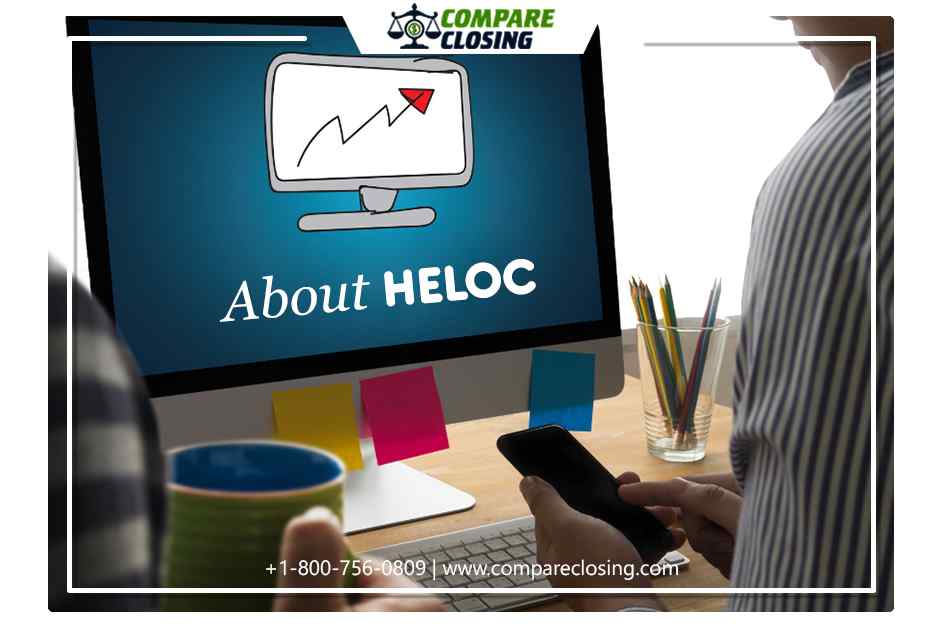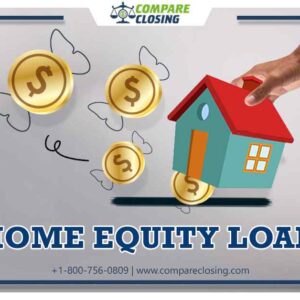Usually, you have a variable interest rate on your home equity line of credit, where the rate can keep changing from one month to another. This variable rate is calculated from both an index and a margin.
Banks use an index, which is a financial indicator to set rates on many consumer loan products.
As the index for HELOCs most banks, use the U.S. Prime Rate, which is published in The Wall Street Journal. The index, leading to the HELOC interest rate, can move up or down.
A margin is the other component of a variable interest rate, which is added to the index. And throughout the life of the line of credit, the margin is constant.
You’ll receive monthly bills with minimum payments that include principal and interest when you start withdrawing money from your HELOC.
Depending on your balance and interest rate fluctuations, the payments may change and they may also change if you make additional principal payments.
You can save on the interest you’re charged and also you can reduce your overall debt more quickly if you make additional principal payments when you can afford them.





